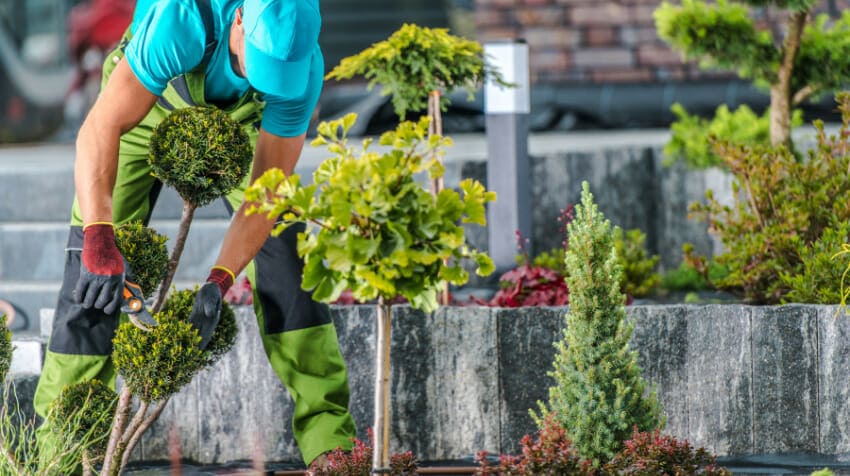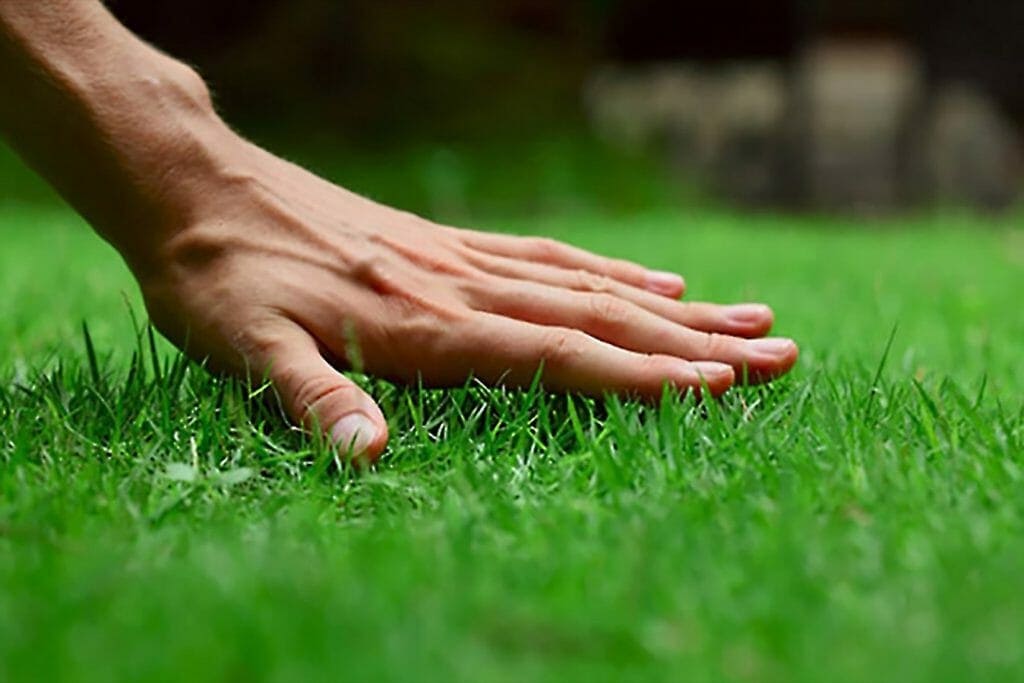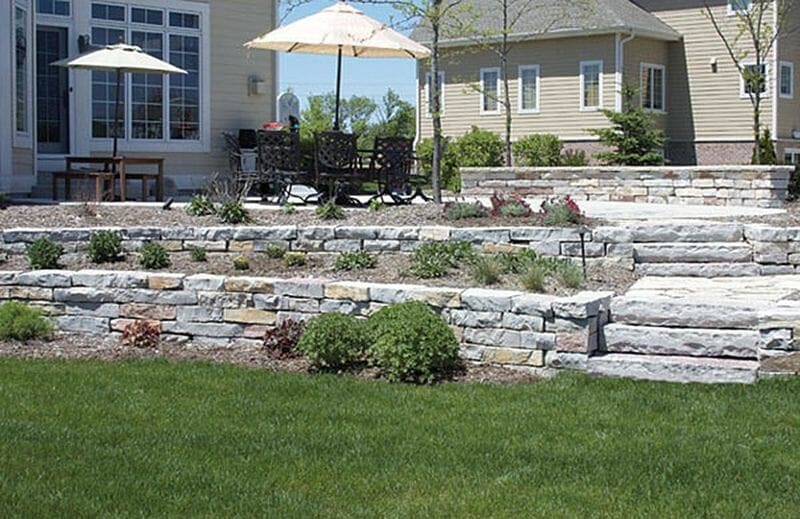Achieving Garden Perfection: The Complete Guide to Maintaining a Beautiful and Serene Haven
Are you looking to create a beautiful garden that will be the envy of your neighborhood? Maintaining a garden can seem like a daunting task, but with the right knowledge and tools, it can be an enjoyable experience.
In this ultimate garden maintenance guide, we will provide you with everything you need to know to keep your haven impeccably beautiful.
Firstly, assessing your garden’s needs is crucial in creating and maintaining a successful garden. Understanding the soil type, sunlight exposure, and water requirements are key factors in choosing the right plants and ensuring their survival.
Once you have determined what your garden requires, it’s time to choose the right plants for your space. Selecting plants that are native to your region can result in lower maintenance costs while providing an aesthetically pleasing environment.
With these basics down pat, let’s dive into how you can maintain your garden so that it stays healthy and stunning all year round.
Assess Your Garden’s Needs
Now it’s time to figure out what your garden needs so you can give it the love and attention it deserves. Conducting a garden survey is one of the best ways to start this process.
Walk around your garden and take note of all the plants, flowers, shrubs, and trees present. Determine which ones are thriving and which ones are not doing so well. Identify any problem areas that need fixing such as drainage issues or soil erosion.
After conducting a survey of your garden, the next step is to test your soil. Soil testing will provide valuable information about the pH level, nutrient content, and overall health of your soil. This information will help you determine which plants will thrive in your specific environment and allow you to make informed decisions about fertilizers or soil amendments needed for optimal plant growth.
With this knowledge in hand, you can now move on to choosing the right plants that will flourish in your garden’s unique conditions and bring even more beauty into your outdoor oasis.
Choose the Right Plants
Picking the appropriate flora can make all the difference in creating a visually pleasing and low-maintenance outdoor space. When selecting plants for your garden, keep these tips in mind:
- Consider the climate of your region and choose plants that are suited for it to ensure they thrive.
- Determine how much sunlight each area of your garden receives throughout the day to select shade or sun-loving plants accordingly.
- Choose plants with similar watering needs to simplify maintenance tasks.
- Avoid planting invasive species that may damage neighboring ecosystems.
By following these plant selection tips, you can create a healthy and vibrant garden while avoiding common mistakes such as choosing high-maintenance or unsuitable plants.
Remember, maintaining a beautiful garden is not just about selecting the right flora but also about proper care and upkeep.
As you move on to maintain your garden, consider implementing sustainable practices such as composting and using natural pest control methods to promote a healthy ecosystem within your own backyard.
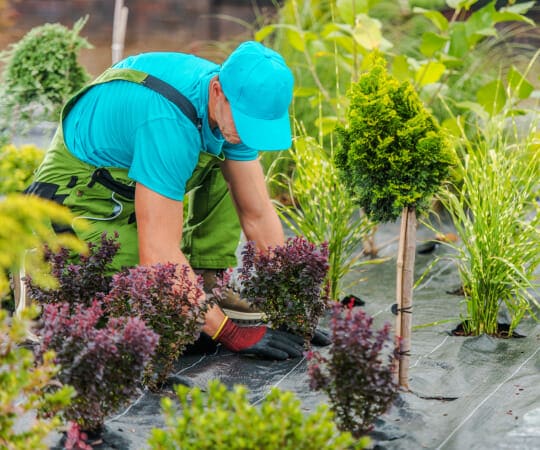
Maintain Your Garden
To keep your outdoor space thriving and healthy, it’s important to know how to maintain it properly. One of the most crucial aspects of garden maintenance is managing garden pests. These small critters can quickly destroy all of the hard work you’ve put into creating a beautiful garden. The best way to keep them at bay is through natural remedies like companion planting or using pest-repelling herbs such as lavender, basil, or mint.
Another essential aspect of maintaining a healthy garden is proper soil care. Your plants rely on the nutrients in the soil to grow and thrive, so it’s important to ensure that your soil stays healthy and nutrient-rich. This can be achieved by adding compost or other organic matter regularly, testing your soil pH levels, and avoiding over-fertilization which can lead to nutrient imbalances in the soil.
By taking these simple steps to maintain your garden’s health, you’ll be rewarded with lush greenery and vibrant blooms year after year.
Now let’s move on to creating a garden design that will showcase your beautifully maintained outdoor haven!
Create a Garden Design
As you envision your dream outdoor space, imagine a garden design that perfectly complements the natural landscape and adds a touch of personal style to create a serene oasis. To achieve this, consider the design elements that will make up your garden.
Think about the layout, plant selection, and hardscape features such as walkways, patios, and retaining walls. These elements should work together to create an aesthetically pleasing and functional space.
Color schemes are also important when creating a garden design. Consider using complementary colors or monochromatic tones to add interest to your garden beds. It’s important not to overdo it though; too many colors can be overwhelming and take away from the overall beauty of your outdoor space.
As you plan your garden design, keep in mind the importance of sustainability in maintaining its beauty for years to come. Embrace sustainability by using eco-friendly gardening practices such as composting and reducing water usage through drip irrigation systems.
With these tips in mind, you can create a beautiful outdoor space that reflects your personal style while also being environmentally responsible.
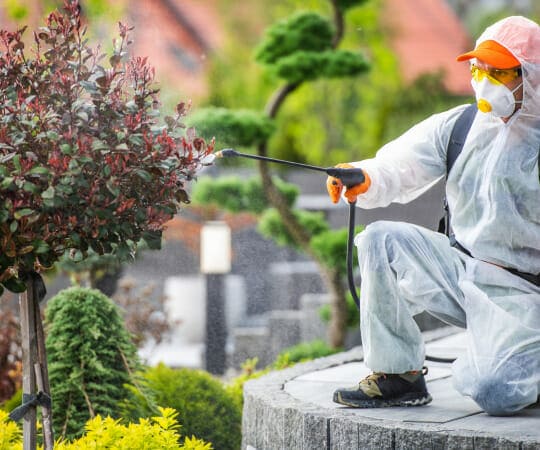
Embrace Sustainability
By embracing sustainability in your outdoor space, you can create a haven that not only looks beautiful but also feels good for the planet.
One of the first eco-friendly practices you should implement is composting. Composting is an excellent way to reduce waste while also providing nutrient-rich soil for your garden. You can start by purchasing a compost bin or making one yourself out of recycled materials. Then, gather kitchen scraps like fruit and vegetable peels, coffee grounds, and eggshells to add to the compost pile along with yard waste such as leaves and grass clippings. With time and patience, you’ll have a rich soil amendment that will benefit your garden’s health.
Another way to embrace sustainability in your garden is by using natural pest control methods instead of harmful chemicals. For example, companion planting involves planting certain plants together that work together to repel pests naturally. Additionally, using organic fertilizers like bone meal or fish emulsion can help improve soil quality without harming the environment.
By incorporating these sustainable practices into your garden maintenance routine, you’ll not only be helping the planet but also creating a healthy and thriving outdoor space for yourself and others to enjoy.
Frequently Asked Questions
How do I attract pollinators to my garden?
Attracting pollinators to your garden is like opening up a buffet for them. It’s important to choose the right flowers to entice bees, butterflies, and other helpful insects. Flower choices can make all the difference in attracting pollinators.
Opt for brightly colored blooms that are rich in nectar and pollen, such as lavender, sunflowers, and asters. But it’s not just about the flowers themselves – bee-friendly landscaping can also make a big impact on your garden’s appeal to pollinators.
Adding elements like water sources, nesting sites, and cover crops can create an inviting environment for these vital creatures. With some thoughtful planning and attention to detail, you can turn your garden into a buzzing haven of activity for pollinators.
What is the best way to deal with invasive plant species?
Dealing with invasive plant species can be a challenge, but there are effective methods to control them. Integrated Pest Management (IPM) is a holistic approach that involves using multiple tactics to manage pests and weeds, including invasive species.
One key component of IPM is natural weed control, which involves using environmentally-friendly methods such as hand-pulling or mulching to suppress weed growth. It’s important to identify the specific invasive plant species in your garden and research the best methods for controlling them.
In some cases, it may be necessary to use chemical herbicides, but these should always be used as a last resort and in accordance with label instructions. With proper management and diligence, you can successfully control invasive plant species and maintain a healthy garden ecosystem.
Can I use organic fertilizer instead of synthetic ones?
So, you’re thinking of using organic fertilizer instead of synthetic ones? Well, aren’t you just a little rebel. Who needs all those chemicals anyway, right?
But let’s be real here, choosing organic over synthetic could actually benefit your garden in more ways than one. Organic fertilizers are made from natural materials like animal manure and compost, which means they release nutrients into the soil slowly and steadily. This helps prevent nutrient burn and gives plants a consistent source of nourishment throughout the growing season.
Synthetic fertilizers, on the other hand, release nutrients quickly and can cause plant stress if not applied correctly. Plus, they have been known to harm beneficial microorganisms in the soil that help keep your garden healthy and thriving.
So go ahead and make the switch to organic – your garden (and the environment) will thank you for it!
How do I prevent pests and diseases from damaging my plants?
To prevent pests and diseases from damaging your plants, you can use natural pest control methods such as companion planting. This involves strategically planting certain types of flowers, herbs, or vegetables alongside each other in order to attract beneficial insects that will eat the harmful ones.
For example, planting marigolds can help repel aphids while attracting ladybugs which dine on them. Additionally, you can make homemade insecticidal soap using ingredients like castile soap and neem oil to spray on affected areas.
By implementing these natural methods instead of synthetic chemicals, you’ll not only protect your plants but also promote a healthier ecosystem in your garden.
What are some creative ways to incorporate art or sculpture into my garden design?
Transform your garden into an outdoor oasis by incorporating captivating art and sculptures that reflect your personal style.
Outdoor installations and DIY garden art are excellent ways to add a touch of creativity to your haven. Start by choosing the right sculpture that complements the existing landscape, whether it’s a whimsical statue or a modern metal piece.
When deciding on colors, consider those already present in your garden and choose shades that will complement or contrast them accordingly. Don’t be afraid to get crafty with DIY projects like painted rock art or mosaic stepping stones.
With these tips, you can transform your green space into a work of functional art that brings joy year-round!
Conclusion
Congratulations on completing the ultimate garden maintenance guide! You’ve learned how to assess your garden’s needs, choose the right plants, maintain your garden, create a garden design, and embrace sustainability.
But don’t stop here – continue to cultivate your haven and watch it bloom into something truly magnificent.
Think of your garden as a canvas waiting to be painted with vibrant colors and textures. With each stroke of care and attention, you’re creating a masterpiece that you can take pride in.
Just like an artist who carefully chooses their brushes and paints, you’ve carefully selected each plant and element in your garden. And just like an artist who continuously refines their work, you too must maintain and improve upon your creation.
So go ahead, grab your tools and get back to work in your beautifully maintained haven. Remember that every moment spent caring for your garden is worth it when you see the fruits (and flowers) of your labor.
Keep growing!
Related Sources:

